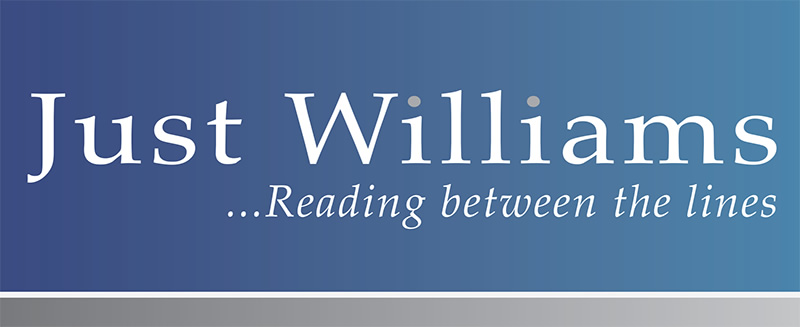
As a child, my favourite fairytale was Hans Christian Andersen’s ‘The Emperor’s New Clothes’. Upon reflection, I suspect this was because it chimed with reality where nonsense can persist indefinitely if individuals are afraid to look potentially foolish by challenging accepted orthodoxy.
I was reminded of Andersen’s tale by the sight of numerous art experts earnestly discussing the fate of Mark Rothko’s vandalised abstract canvas ‘Black On Maroon’ and how difficult it would be to restore. While not condoning criminal damage, it’s a moot point as to whether it looked any worse after the event. As for the repair, my thoughts immediately turned to the Spanish church fresco restorer. I acknowledge that post her intervention Jesus resembled a character from ‘Planet of the Apes’ but to my, admittedly untrained eye, her talents for restoration perfectly complement Rothko’s as an artist.
Andersen’s spirit further revealed itself when the Federal Reserve agreed recently to double its quantitative easing programme to $85bn a month. Simultaneously, it announced it will keep interest rates at close to zero until unemployment falls below 6.5%. This marks a watershed as it is the first time a major central bank has ever targeted this benchmark in such obvious fashion. It also rhymed with comments from Bank of England governor designate, Mark Carney. Instead of concentrating on inflation, he has suggested setting targets either for the overall size of an economy or nominal gross domestic product. Now, you don’t need to work for the Met Office to sense which way this particular wind is blowing.
We have lived through a period when central bank inflation models made no allowance for the fact that domestic service sector inflation was conveniently neutralised by the falling cost of Far Eastern manufactured goods. This benign (but unsustainable) average of extremes was used as justification for keeping interest rates too low for too long and that paved the way for an epic misallocation of resources. Now, with Western economies debt ridden and stalling, the emphasis is shifting to growth at any price in a futile attempt to fund government spending commitments that are unaffordable.
However, worshipping the false idol of GDP growth merely compounds another error. Warren Buffett believes that not all corporate earnings are created equally. He is correct and not all economic growth is created equally, either. Just as British Rail struggled with the ‘wrong’ kind of snow, the West is addicted to the ‘wrong’ kind of growth; far too long on consumption and government spending while much too short on exports and productive investment.
Fed Chairman Ben Bernanke commented that its latest measures would help “support household and business confidence”. In the experimental laboratory where all too much economic policy is now created, such largesse might prove even more supportive of the price of gold.
John Newsome can be contacted on: 01423 705123 or email: john.newsome@williams-im.com

